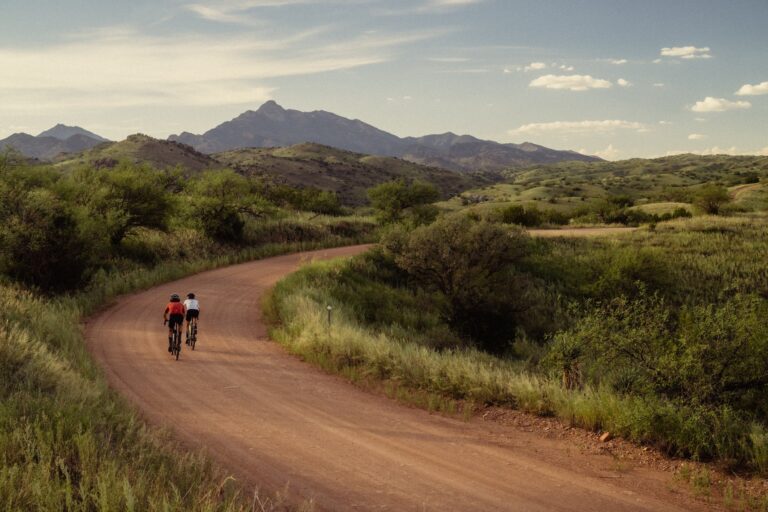The first part of a new change for yourself is loaded with energy and focus, “look at me!”, you might say to yourself, “I’ve gotten through the first 2 weeks!”. The thought of being a new or different kind of leader, the vision of becoming a team that can work through anything, or a new personal resilience to balance things better professionally and personally. Practicing, talking about it, and being with others who do the same. Can’t it just be like this forever?
And then The Drift shows its warm, subtle self. Maybe it’s one missed day of a practice you committed to with your team. It could be one less weekly reflection on how you showed up as the leader you want to be. One miss could lead to more, and you find yourself back in the comforts of what you used to do.
Let’s look at what’s really going on with The Drift.
Imagine your body as a smart thermostat trying to keep your house at a comfortable temperature. This is a bit like how homeostasis works in our bodies. Homeostasis is the body’s natural way of maintaining stability or balance.
Now, think of your habits as the temperature setting on that thermostat. When you try to change a habit, it’s like adjusting the thermostat to a new temperature. At first, your body and brain might resist the change because it’s used to the old setting – your old habits.
Just like the thermostat kicks in to bring the temperature back to the familiar level, your body and brain work together to bring you back to your old habits. It’s not because they don’t want you to change; it’s just their way of maintaining the familiar and comfortable state they’re used to.
So, when you find yourself slipping back into old habits, it’s a bit like your body’s way of saying, “Hey, we’re just trying to keep things the way we know them.” Understanding this can help you be patient with yourself as you work on new habits, and notice that The Drift is a natural part of adjusting to something new – it takes time for your internal thermostat to adjust to the changes you want to make.
One way to help fight The Drift is to regularly check in with yourself – every day – asking yourself something simple like “how did I do today with <new practice>?” and writing down a few thoughts, acknowledging The Drift, and recommitting yourself.
As much as we want to neutralize The Drift, simply knowing it’s there and regularly adjusting is a strong, life-long practice that will help us with other good habits we want. If you’re working on something new for yourself, shoot me a note and tell me about it! I’ll give you one thing I’m working on too.
Here are a few related resources that I’ve liked recently and have been sharing:
1 // How can we learn to tolerate the discomfort of doing things imperfectly? Oliver Burkeman (author of 4,000 Weeks) gives us a nautical metaphor to help. (5 min read)
2 // Recognize that we have an immunity to change, that wants us to drift back to more comfortable habits. What Lisa Lahey talks about in this brief video is one of the most powerful exercises I’ve personally been through, and my clients have said the same. (10 min video)
3 // I’ve never heard anyone say, “2023 was so easy!” Last year was exhausting to many – and plenty of it has to do with leaders promoting an “always on” culture, meetings for most of the day, and very little focus time. There are things that we can do to help, and this New Yorker article from Cal Newport (author of Deep Work) highlights a few bold moves. (7 min read)
If you enjoyed this, subscribing to my newsletter is easy, below.
Three ways I can help you when you’re ready:
1. Working with you one-to-one as a leader
This private, one-on-one Coaching is entirely focused on you, the client, and the future you want or goals you want to accomplish as a leader…
2. Helping your team become a unified squad
If you’re a team looking to increase your effectiveness together and within your organization, this is for you.
3. Join our next Multipliers Cohort
Are you multiplying the intelligence of everyone around you? Are people growing and developing in your presence?








